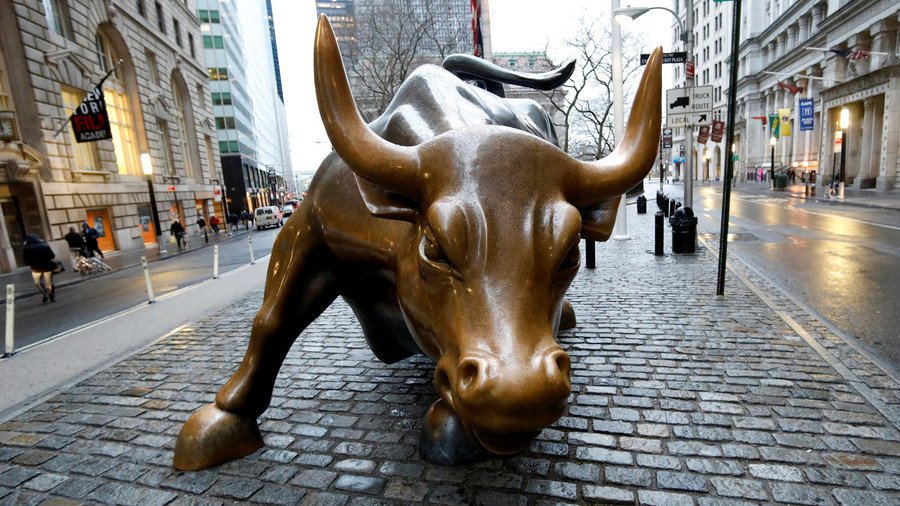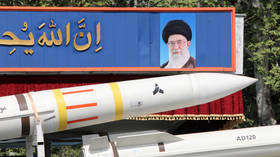Oil price tops $77 after US withdrawal from Iran deal

The price of crude oil has risen to an almost three-year high, following US President Donald Trump's unilateral decision to withdraw from the Iran nuclear deal, as well as bullish US crude inventory numbers.
Trump announced the return of a raft of sanctions against the Iranian regime within the next 180 days unless a new, alternative agreement is reached, in a move which will dramatically impact the supply side of the oil market.
Brent futures rose 2.7 percent on the geopolitical news, to $76.87 per barrel, but topped out at $77.43 earlier in the day before meeting resistance. Meanwhile West Texas Intermediate (WTI) futures rose 2.6 percent to $70.85 per barrel.
US weapons manufacturers stock price soars as Trump pulls out of Iran deal https://t.co/yqJ9IwzqFP
— RT (@RT_com) May 9, 2018
Saudi Arabia, which has publicly backed the US decision to withdraw from the nuclear deal, already announced its willingness to fill the oil market demand and retake lost market share in the process. The oil kingdom ceded market share to its regional rival Iran when the latter re-entered the market in 2016 after the US government lifted sanctions on crude exports.
After the nuclear deal, Iran retook its position as a major player in the Organization of the Petroleum Exporting Countries (OPEC), becoming the group’s third-largest exporter of crude oil at 2.6 million barrels per day in April.
Hostile rhetoric between Washington DC and Tehran has furthered bolstered the possibility of conflict in the Middle East which typically lifts oil prices as the risk factor increases on the supply side.
The US Energy Information Agency’s (EIA) announcement of a drawdown of 2.2 million barrels in US crude inventories last week, compared with an expected 719,000 barrels, afforded bullish investors the extra momentum needed to push crude futures to three-and-a-half-year highs.
Oil majors like Exxon Mobil and Chevron saw significant bumps in share price off the back of the developing news from Iran.
Think your friends would be interested? Share this story!














